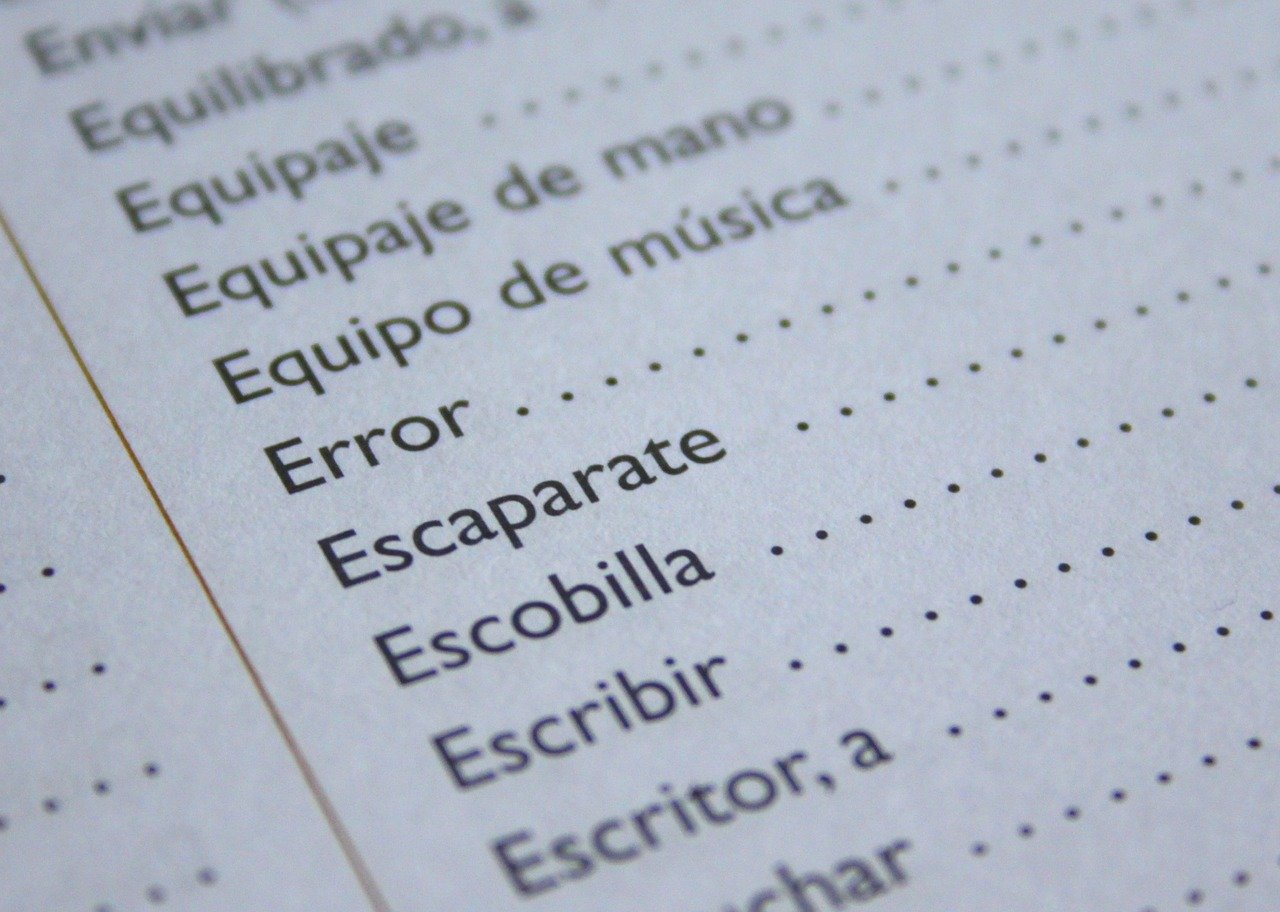MEANING AND STRUCTURE OF THE FUTURE PERFECT TENSE
This tense talks all about the past in the future. The structure of the Future Perfect Tense is as follows:
| subject | + | Auxiliary verb ‘will’ | + | Auxiliary verb ‘have’ | + | Main verb |
| invariable | invariable | Past participle | ||||
| will | have | V3 |
Examples of the Future Perfect Tense:
| subject | Auxiliary verb | Auxiliary verb | Main verb | |||
| + | I | will | have | completed | By 6 pm | |
| + | You | will | have | remembered | Her by then. | |
| – | She | will | not | have | returned | soon. |
| – | We | will | not | have | arrived. | |
| ? | Will | you | have | written? | ||
| ? | Will | they | have | Purchased | it? |
While speaking using the Future Perfect Tense, we are free to contract the subject and ‘will’. At times, we can even contract the subject, ‘will’ and ‘have’, everything together.
Let us look at some examples for better understanding:
| You will have | You’ll have | You’ll’ve |
| I will have | I’ll have | I’ll’ve |
| She will have | She’ll have | She’ll’ve |
| He will have | He’ll have | He’ll’ve |
| They will have | They’ll have | They’ll’ve |
- She’ll have completed it when you leave.
- I’ll have dinner by then.
- He’ll have forgotten it.
In the case of negative sentences, we are free to contract ‘won’t’ or ‘won’t’ve’, something like this:
- They won’t have dinner by then.
- They won’t’ve finished the assignment by tomorrow.
Sometimes, we use ‘shall’ instead of ‘will’, mostly in the cases of ‘I’ and ‘we’.
The Future Perfect tense works after expressing action in the future before another action in the future, like the past in the future. Let us have a look at some examples:
- The car will have stayed when you arrive.
- You can call me at home at 9pm. I will have arrived at home by then.
Sometimes, we can think of the Future Perfect Tense like the Present Perfect Tense, but instead of your way of viewing which is in the present, it will be in the future.
Quiz | Future Perfect Tense














